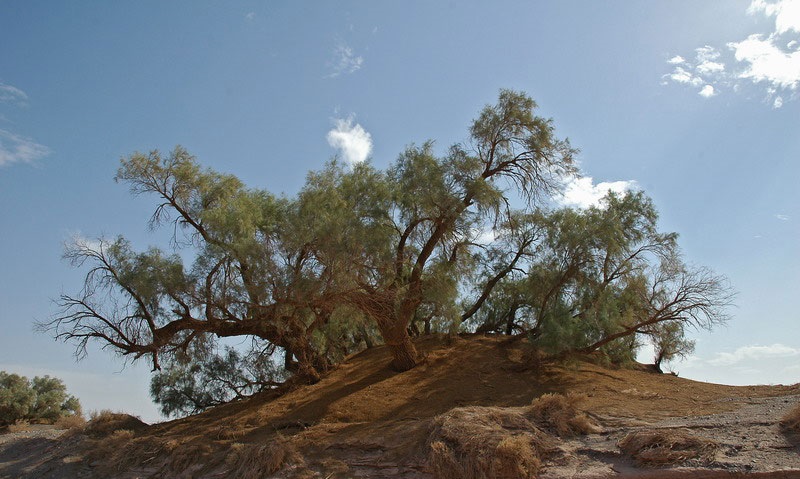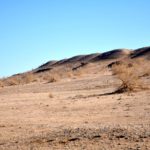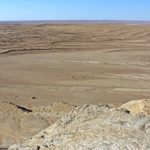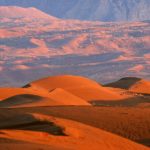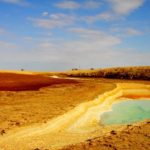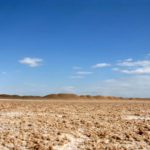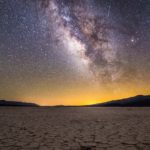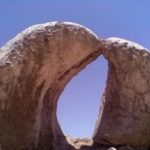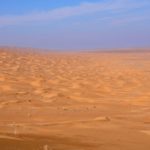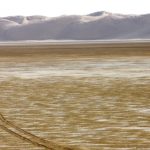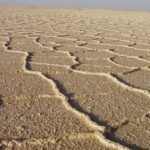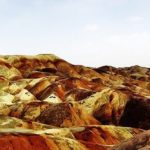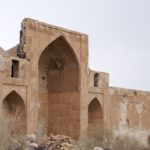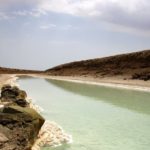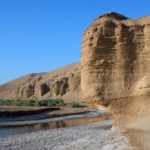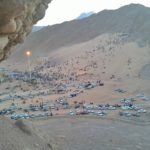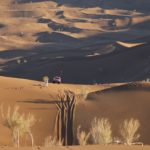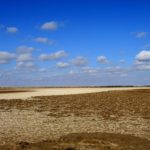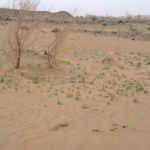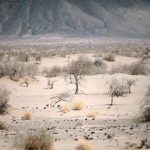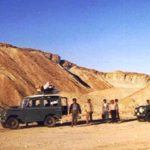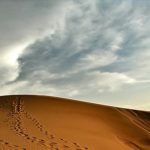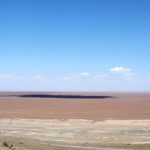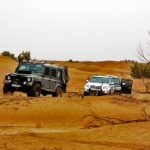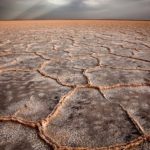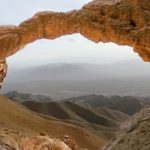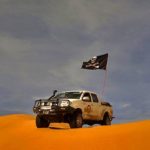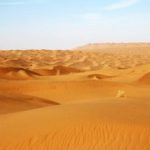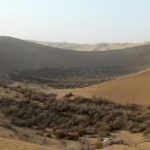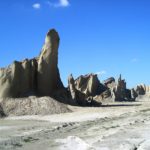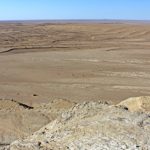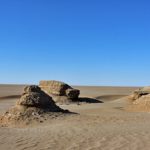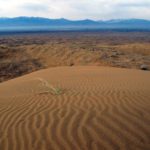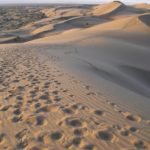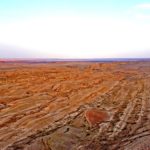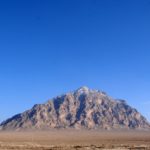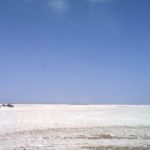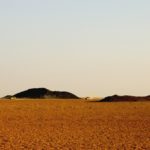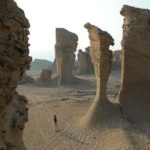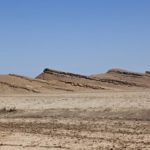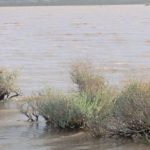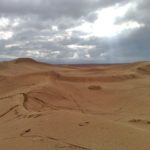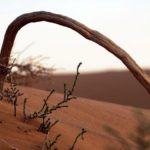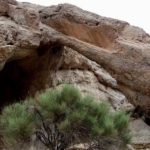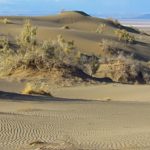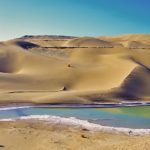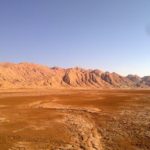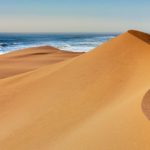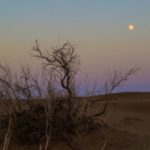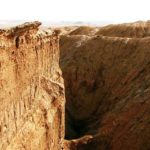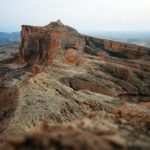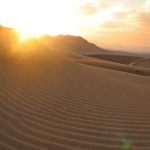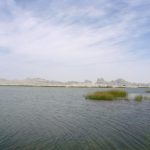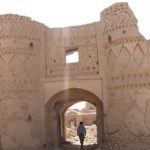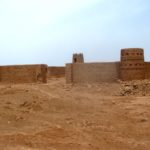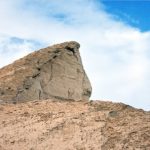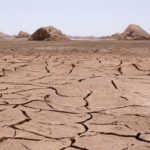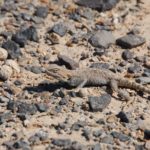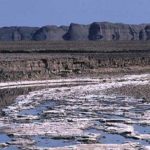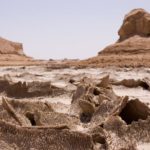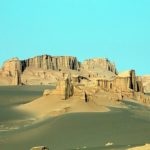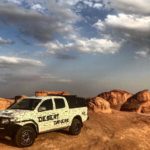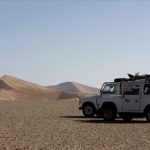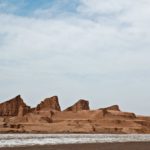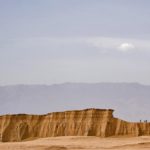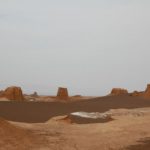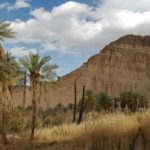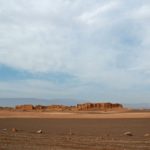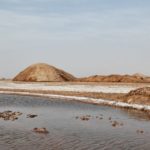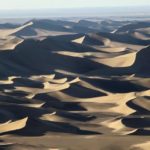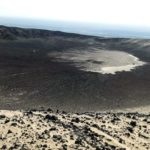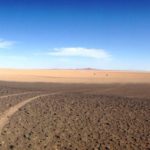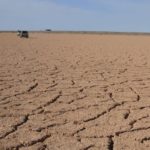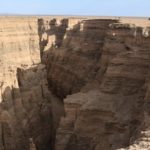Identifying the vegetation of the Lut area was one of the most important objectives of the Lut Plain Discovery Board because a small map by Mr Strawley Zuer of the northern part of Lot had a line from which there is no vegetation line. Precipitation in the area about 100 mm and no desert lacked vegetation was very much hoped to prove the opposite. After visiting various areas of Lut, not only was the Strawberry Zuer said true, but the area of no vegetation was much larger in the Lut Plain. That’s what he imagined.
From the eastern slopes of the Kerman Mountains to the lowland plain of the plant. The yah peak in the high plains of Shahdad is also noticeable and there is still no lute. There is no significant vegetation other than the plain and the plant type is very limited. The cloak lands at the beginning of the plain of the Gaz bushes are scattered by the wind blowing around them, and the Gaz tree stands on a hill some two to three meters high, which is called the Nebeca Desert.
Read More ...
In Shahdad and Godizwand and the surrounding countryside there is very little natural vegetation except for agricultural crops. But Talot is still more than 20 kilometers away. Vegetable traces gradually disappear from Shahdad to the Low Plains. The gaze is scattered in tall stalks and is surrounded by clumps of Nabacca grasses that are more or less scattered around the clot. They are single bushes of Estragal and so on and they also disappear in the desert foot of Clut.
Follow the footsteps of Clutter and inside the cluttering hills and on the hills there is no more vegetation with flights done inside Clutter and we see clutter in different directions. There was no vegetation at all. The cuts were done to find the vegetable traces No animal or animal life was seen, and despite the mild, sunny weather and noon time no traces of insects, creeping or birds could be seen in this cluttered world.
Deer bushes were found in the area of the deer bushes, which were not identified, and in the pre-colt foxes flocked to prey, and then nothing and nothing.
Lack of nibbles cannot be attributed to any natural or human cause, although there is a need for very detailed meteorological investigations and erosion conditions. These lands vary in mineral content of agricultural lands around Lut, although in saline they are more saline but salinity cannot prevent the emergence of the plant because in the desert savannah in very saline soils until the thick salt layer covers the soil. There and the plant species are considerable and in the southern pit of Lut in many lands Desert salinity is an abundant herb and it is not specific to the saltwater terrain of Clut. There were no moving or steady bowls in most of the valleys, and there was no plant there.
The ground is apparently not responsible. More droughts took place in the Lut Plains south of Shahdad and Keshit to the central pits. The dry sand and sand and sandy desert plains throughout the Lot area lack vegetation and animal life. The central lute was open to the bare land without any vegetation, and even the foothills of the foothills did not even have vegetation and gradually sprouted at 700 to 800 m altitude. Searching for all the central and southern plains Lot continued. In one place at the foot of short hills on the same cloistered ground, a small area of 400 to 500 meters of halooxy bushes Van Nabka appear as hills and this freak because this place is no different elsewhere.
Dry plains are abundant in these flat plains and erosional conditions indicate monsoon or seasonal water flows in these plains, but there is no vegetation around the sand and sand gravel. There is plenty of water in the lot for the vegetation to grow, and besides the yearly rains there are floods flowing around the clutter. In the clutter interior there is water flowing through the walls and even flooding from distant patches of dry wood and vegetation. Bring it on and leave it in the clutter.
Around the southern pits of Ahmad Lutzangi, the soil has increased in moisture, and the ground has become puffy and loose. These lands are once a prestigious vegetation area, and the shrubs of Gaz and Haloxynum are rich in aristidae-type small forest landscapes. Inside the grooves and valleys of Ahmad’s bell-ridden valley, Aristida is a mass that cannot be seen, and the bushes become tree-lined. This vegetable island also has animal life in the center of Lot. There was a deer and there were creeping trails and signs on the ground. Our vegetable island headed south to the Bam vegetable area more or less. Continue basin and in fact the sequence of Bam and Norma milk is drawn to the center but on the other side of the island Lute Lute Lute and vacant land east of the plant.
Ahmad Lotz Pit is the base of the South Lot oilfields and the vegetable island is 10 km away from the wells and is not far from the oilfields. The water saved was called Ahmad springs or fresh water.
Our exploration did not reach the eastern plains, but the central sand and sandy plains lacked vegetation, and the camels said that the area of vegetation continued to Nosrat Abad. Approximately 300 kilometers and 60 to 70 kilometers wide, we found no traces of vegetable or animal life.
Loss of plants is an interesting scientific subject. No example of this can be found on such an expanse on the surface of the earth. Sub-Saharan Africa and Saudi Arabia and Central and Central Asian deserts are not plant-free and only in some places due to adverse local conditions. The plant is not found. But the lute plain is a dead environment like the moon, where there are no traces of vegetable or animal life.
Future planning programs should carefully monitor the issue and provide a comprehensive map of the vegetation distribution around Lut Plain and its non-indigenous area. Vegetative geography in the suburbs will include vegetation communities by area. In the valleys and foothills, the vegetation sections will illuminate the shape changes of the vegetation to the Lut Plain, and research will begin on the vegetative communities of each region. Soil sampling in different areas, and especially around the Nebaka vegetation masses. And studying the vegetable growth environment is necessary.
Further studies of pollenology will be conducted for vegetable and animal life. Samples will be sent for testing and diagnosis in Paris. Microclimatology research is needed for biology issues, and Lut Biology is a microbiology and mycology field with a description that goes beyond that.
Botanical research is combined with the establishment of laboratories locally and in Tehran. Near Shahdad, a small vegetable garden is planned to be planted, similar to that found in Tehran. The issues of phytopathology will also be discussed. Except for animal biology performed with multiple sampling. The livestock environment of the Lowland Plains will be examined in terms of dispersal and communication. Small animal communities around the South Pole of Adeshta are of particular interest and the relationship of this secluded environment with the animal communities around Lut should be clarified.

